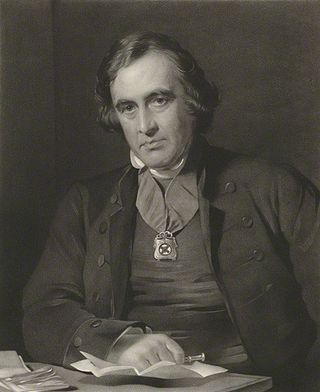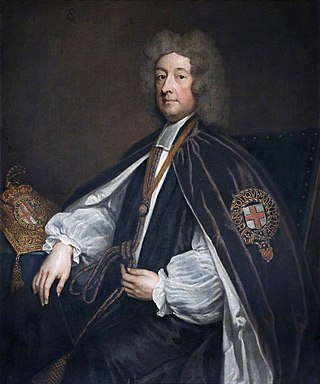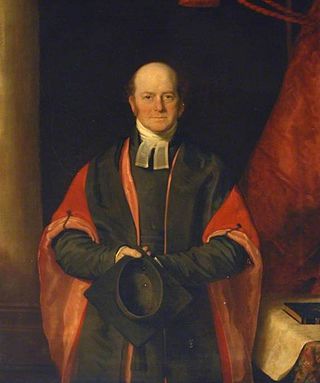Related Research Articles

Shute Barrington was an English churchman, Bishop of Llandaff in Wales, as well as Bishop of Salisbury and Bishop of Durham in England.

Joseph Barber Lightfoot, known as J. B. Lightfoot, was an English theologian and Bishop of Durham.

Richard Chenevix Trench was an Anglican archbishop and poet.

Christopher Love was a Welsh Presbyterian preacher and activist during the English Civil War. In 1651, he was executed by the English government for plotting with the exiled Stuart court. The Puritan faction in England considered Love to be a martyr and hero.

William Talbot was an English Anglican bishop. He was Bishop of Oxford from 1699 to 1715, Bishop of Salisbury from 1715 to 1722 and Bishop of Durham from 1722 to 1730.

The Honourable Richard Bagot was an English bishop.
The Ogle family were prominent landed gentry in Northumberland, England. The earliest appearances of the family name were written Hoggel, Oggehill, Ogille and Oghill.

John Jackson was a British divine and a Church of England bishop for 32 years.

John Adamson (1787–1855) was a lawyer, antiquary and scholar of Portuguese from Newcastle upon Tyne, England. He was decorated by Queen Maria II of Portugal for his services to Portuguese literature.
Archer Thompson Gurney (1820–1887) was a Church of England clergyman and hymnodist.
Charles James Hoare was an evangelical Church of England clergyman, archdeacon of Surrey.
Henry Bagshaw D.D. (1632–1709), was an English divine.
John Brewster (1753–1842) was an English author and clergyman.
Charles Burton (1793–1866) was an English clergyman and writer.

Edward Elder was an English teacher, the headmaster of Charterhouse School from 1853.
Robert Wilson Evans was an English cleric and author, Archdeacon of Westmorland from 1856 until the year before his death a decade later.
Charles Girdlestone (1797–1881) was an English clergyman and biblical commentator.
Thomas Lathbury was an English cleric known as an ecclesiastical historian.

William Stephen Gilly (1789–1855) was an English cleric and author, known for his support of the Waldensian Church.
William Nicholas Darnell was an English cleric, academic and antiquarian.
References
- . Dictionary of National Biography . London: Smith, Elder & Co. 1885–1900.